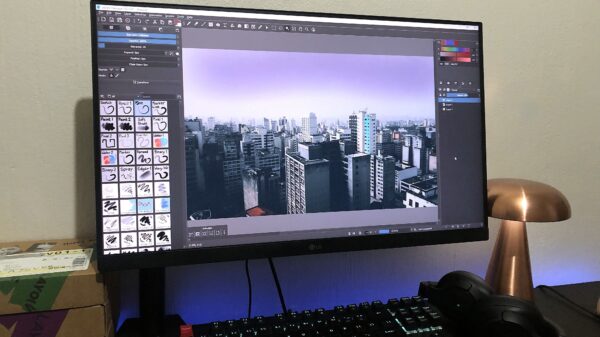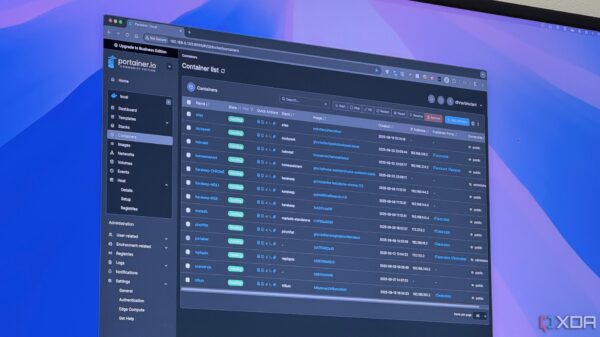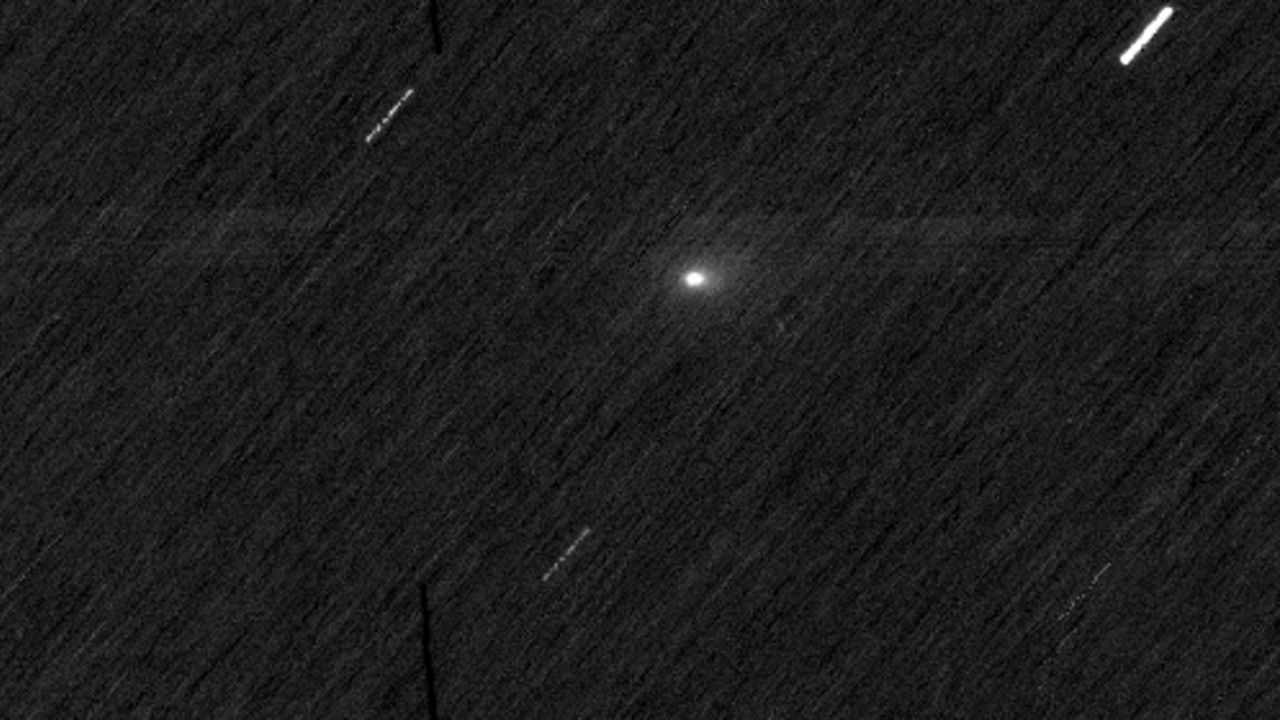A European Mars probe successfully observed the interstellar comet 3I/ATLAS during its flyby of the Red Planet on October 3, 2023. The comet came within approximately 19 million miles (30 million kilometers) of Mars, providing an exciting opportunity for scientists to gather data on this rare cosmic visitor. The European Space Agency’s (ESA) ExoMars Trace Gas Orbiter (TGO) utilized its Colour and Stereo Surface Imaging System (CaSSIS) to capture images of the comet.
“This was a very challenging observation for the instrument,” said Nick Thomas, Principal Investigator for CaSSIS, in a statement from ESA. “The comet is around 10,000 to 100,000 times fainter than our usual target.” Despite the difficulties, the TGO managed to obtain valuable images, marking an important achievement in planetary science.
Discovery and Significance of 3I/ATLAS
Comet 3I/ATLAS was first identified in July 2023 by the Asteroid Terrestrial-impact Last Alert System (ATLAS) telescope in Río Hurtado, Chile. The designation “3I” indicates that it is the third confirmed interstellar object to be observed in our solar system, following 1I/’Oumuamua in 2017 and 2I/Borisov in 2019. These interstellar visitors are of great interest to astronomers, as they may carry information about the formation of worlds beyond our own.
ESA officials noted, “Every planet, moon, asteroid, comet, and lifeform in our solar system share a common origin. But interstellar comets are true outsiders, carrying clues about the formation of worlds far beyond our own.” In the case of 3I/ATLAS, it is believed to be the oldest comet ever observed, with origins that potentially precede the formation of our solar system by approximately three billion years.
Coordinated Observations and Future Plans
The observations conducted by TGO are part of a broader ESA initiative to study 3I/ATLAS as it traverses the solar system. The agency’s Mars Express orbiter, operational since 2003, also attempted to photograph the comet on the same day. However, scientists have yet to resolve 3I/ATLAS in the Mars Express imagery, largely due to a shorter exposure time of 0.5 seconds compared to the five seconds used by TGO.
Colin Wilson, project scientist for both Mars Express and ExoMars, expressed enthusiasm about the unexpected opportunity. “Though our Mars orbiters continue to make impressive contributions to Mars science, it’s always extra exciting to see them responding to unexpected situations like this one,” he said. “I look forward to seeing what the data reveals following further analysis.”
In the coming months, additional spacecraft will also turn their attention to 3I/ATLAS. Notably, ESA’s JUICE probe, designed for exploration of Jupiter’s icy moons, is scheduled to begin observations of the comet on November 2, just three days after its closest approach to the Sun. At that time, 3I/ATLAS will be approximately 130 million miles (210 million kilometers) from the Sun, likely in a more active state, which could enhance the chances of successful imaging.
These observations represent a significant collaborative effort in planetary science, as researchers seek to deepen their understanding of the origins and characteristics of interstellar objects. 3I/ATLAS, with its ancient history, promises to provide invaluable insights into the early solar system and beyond.







































































